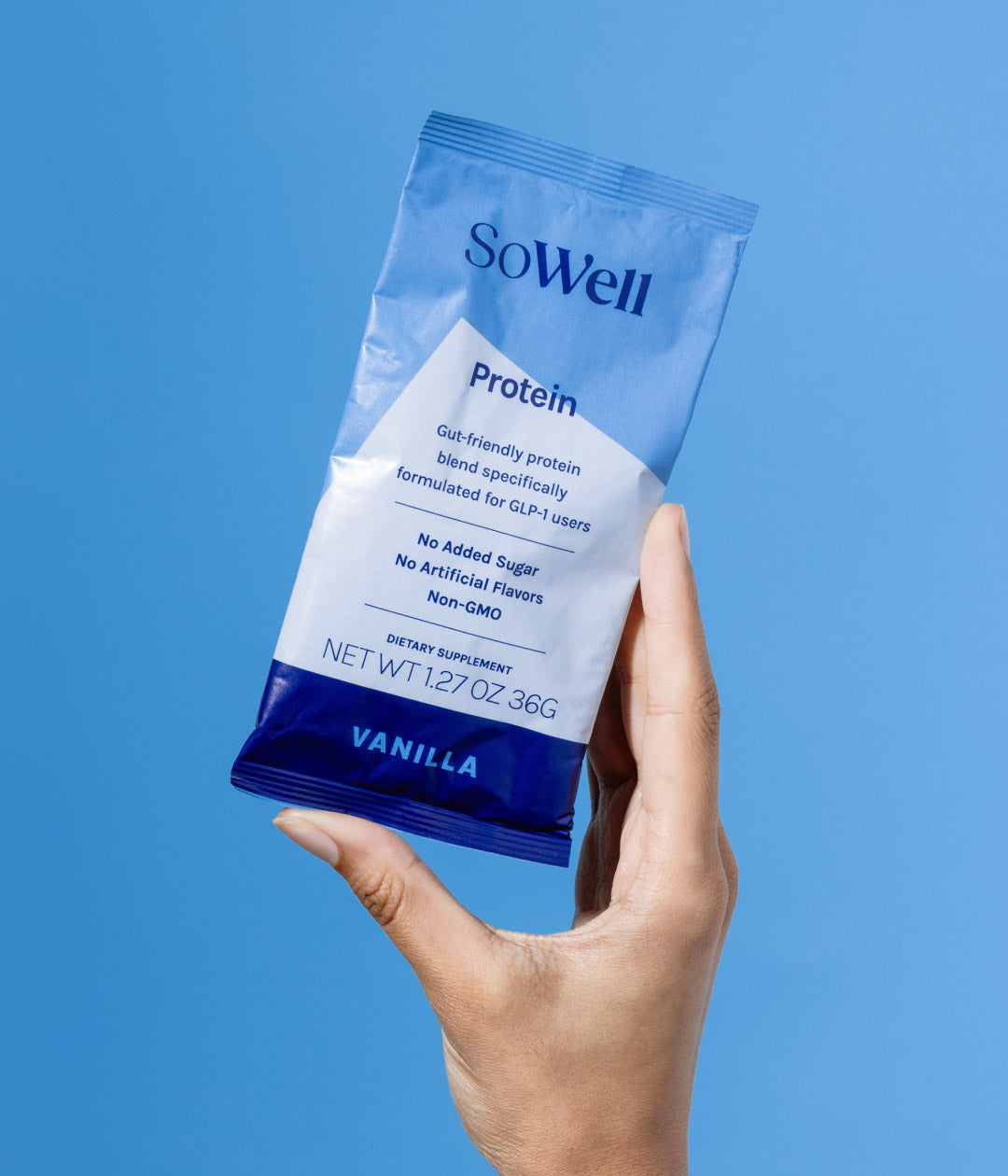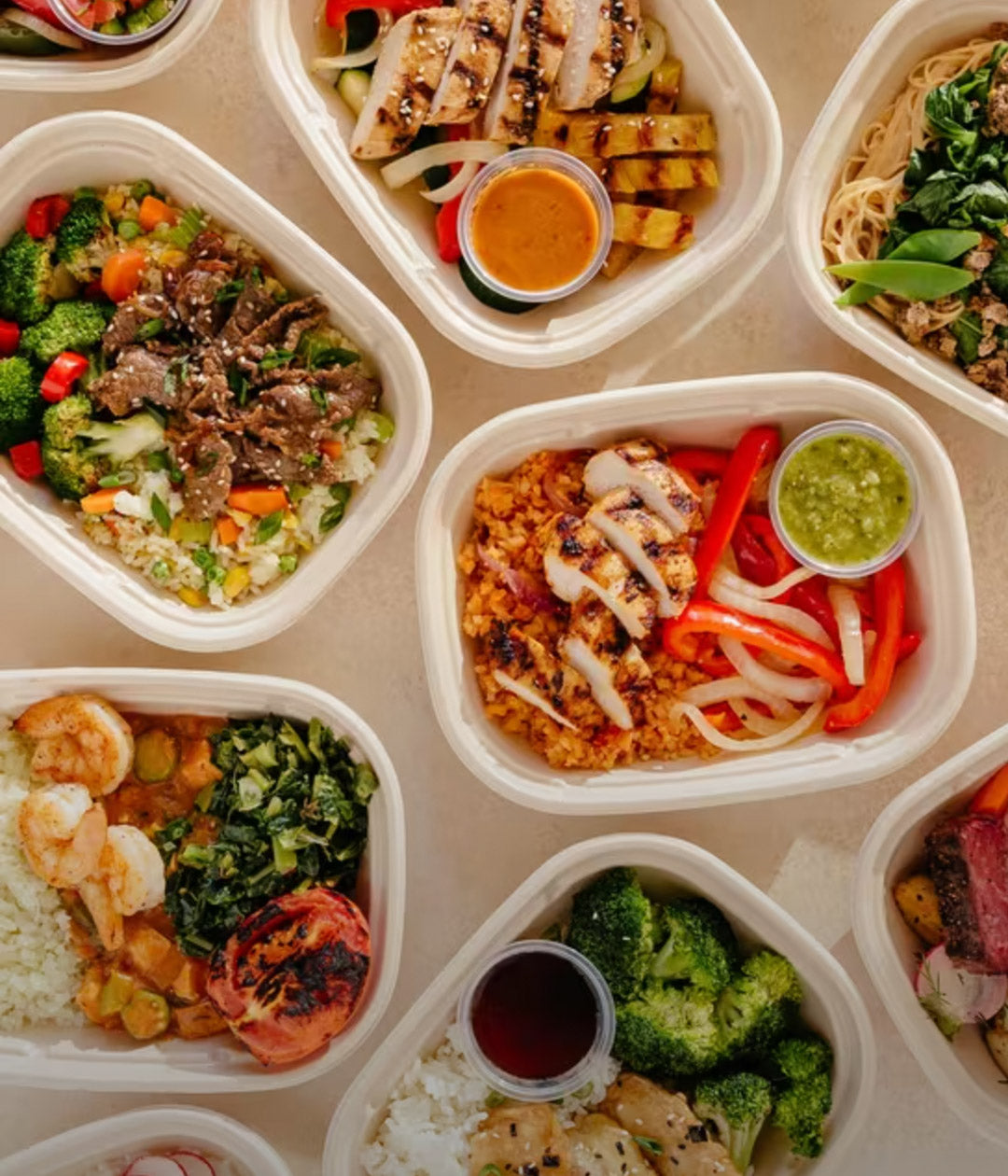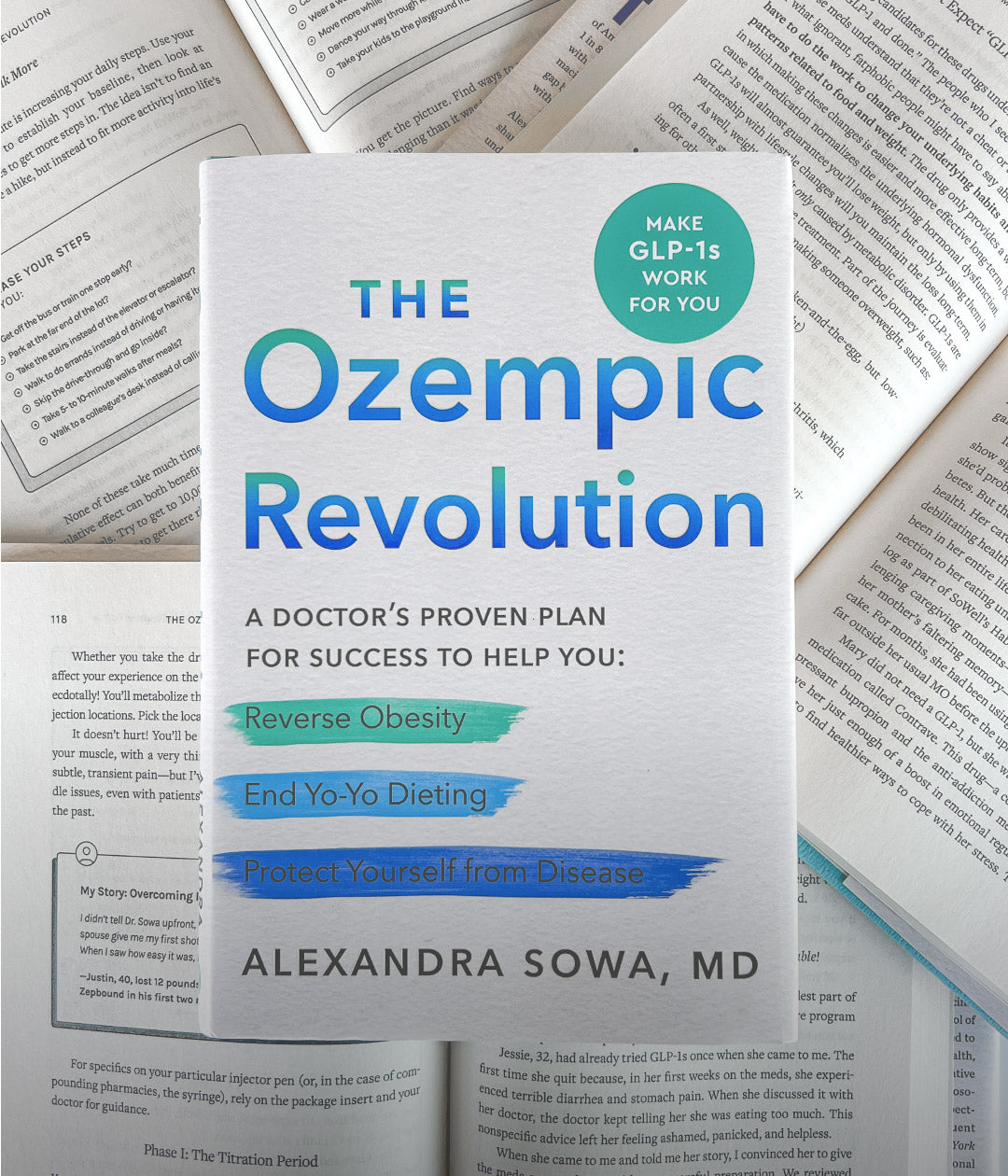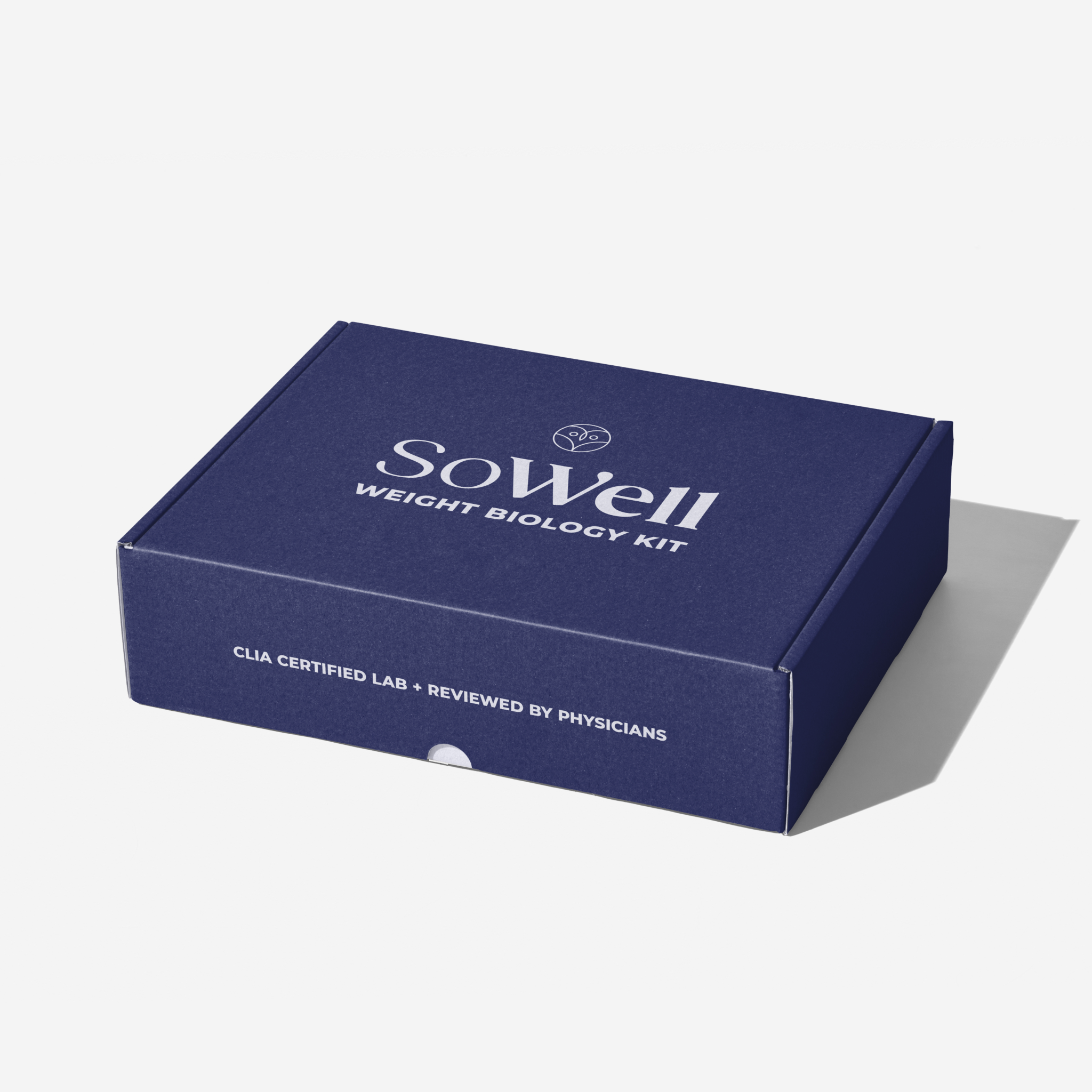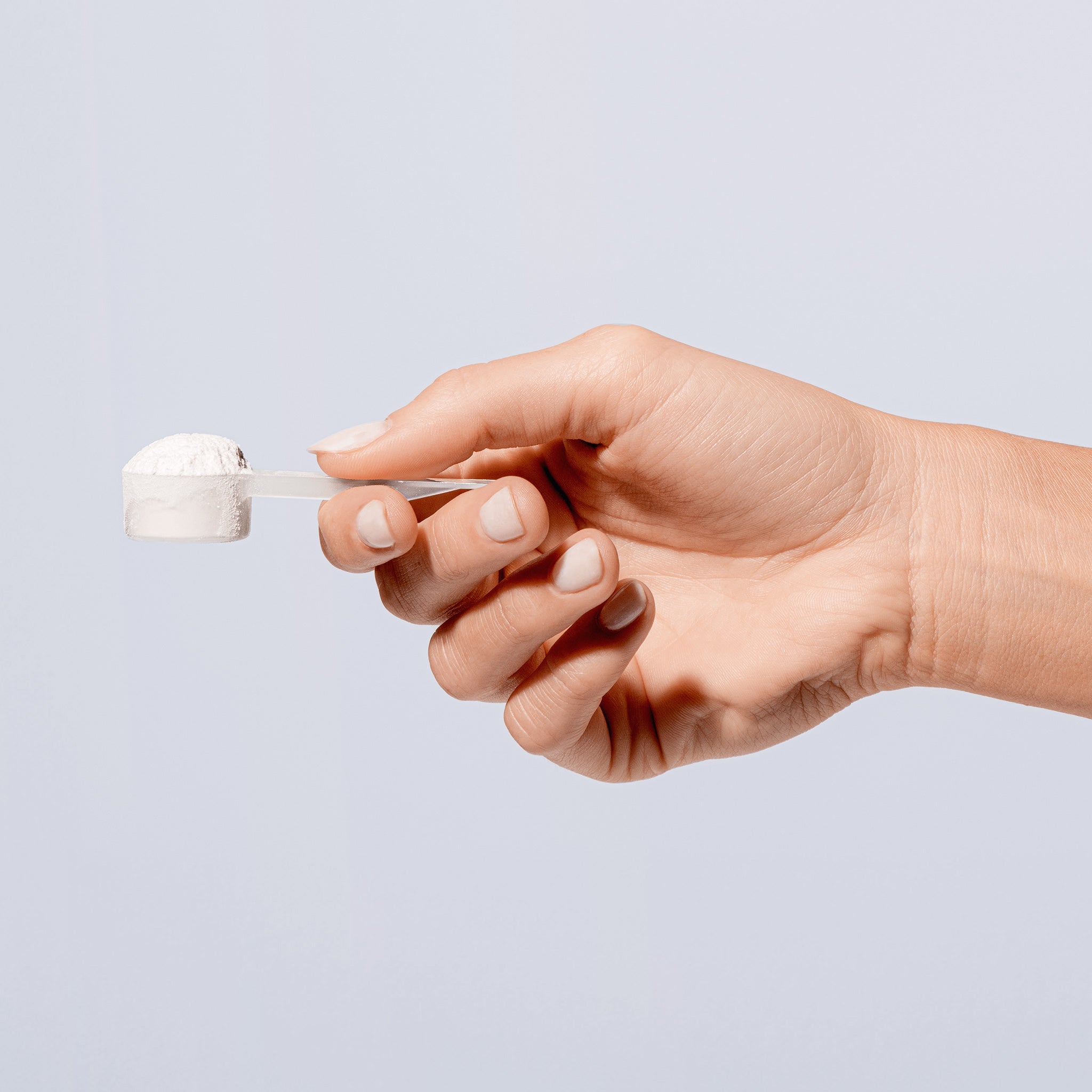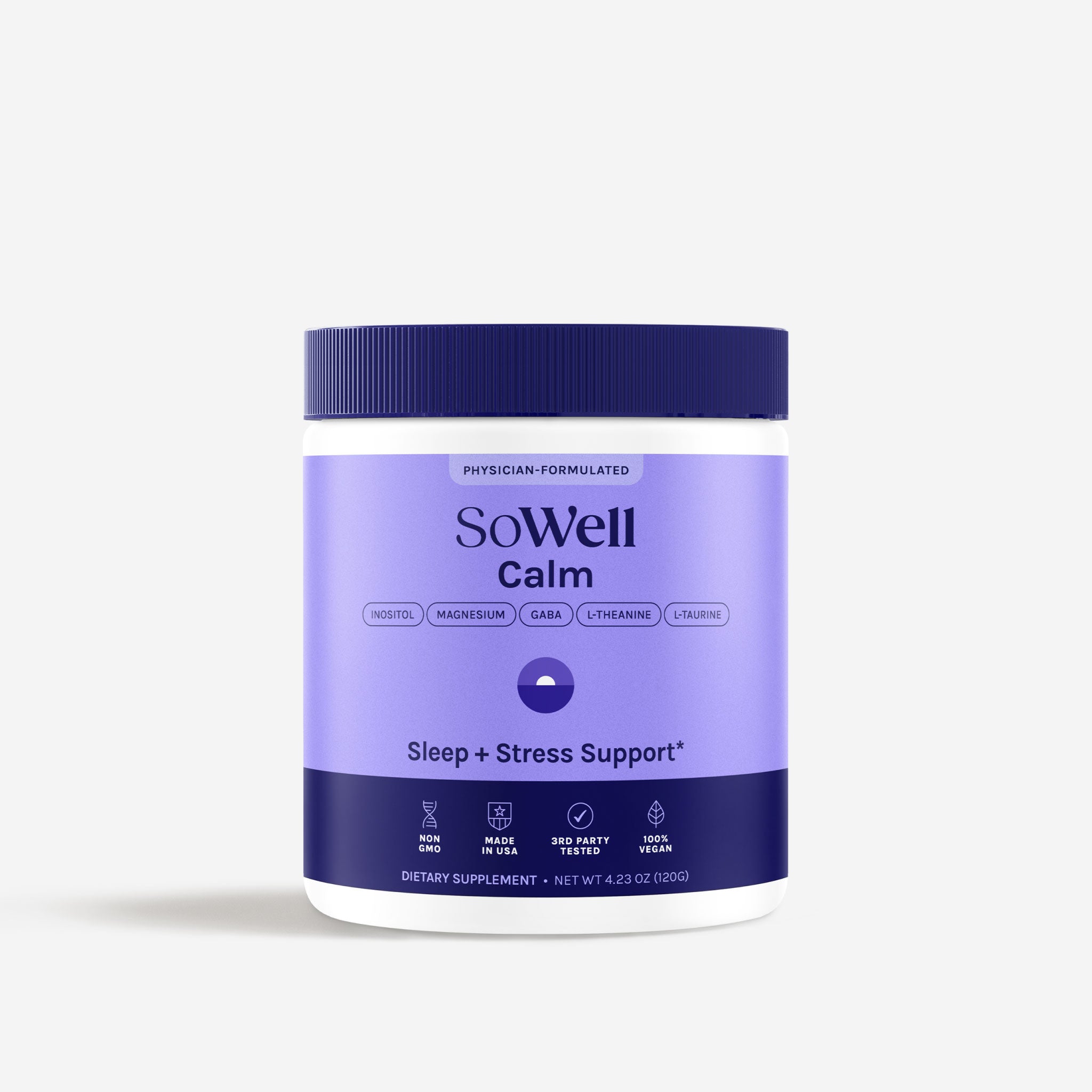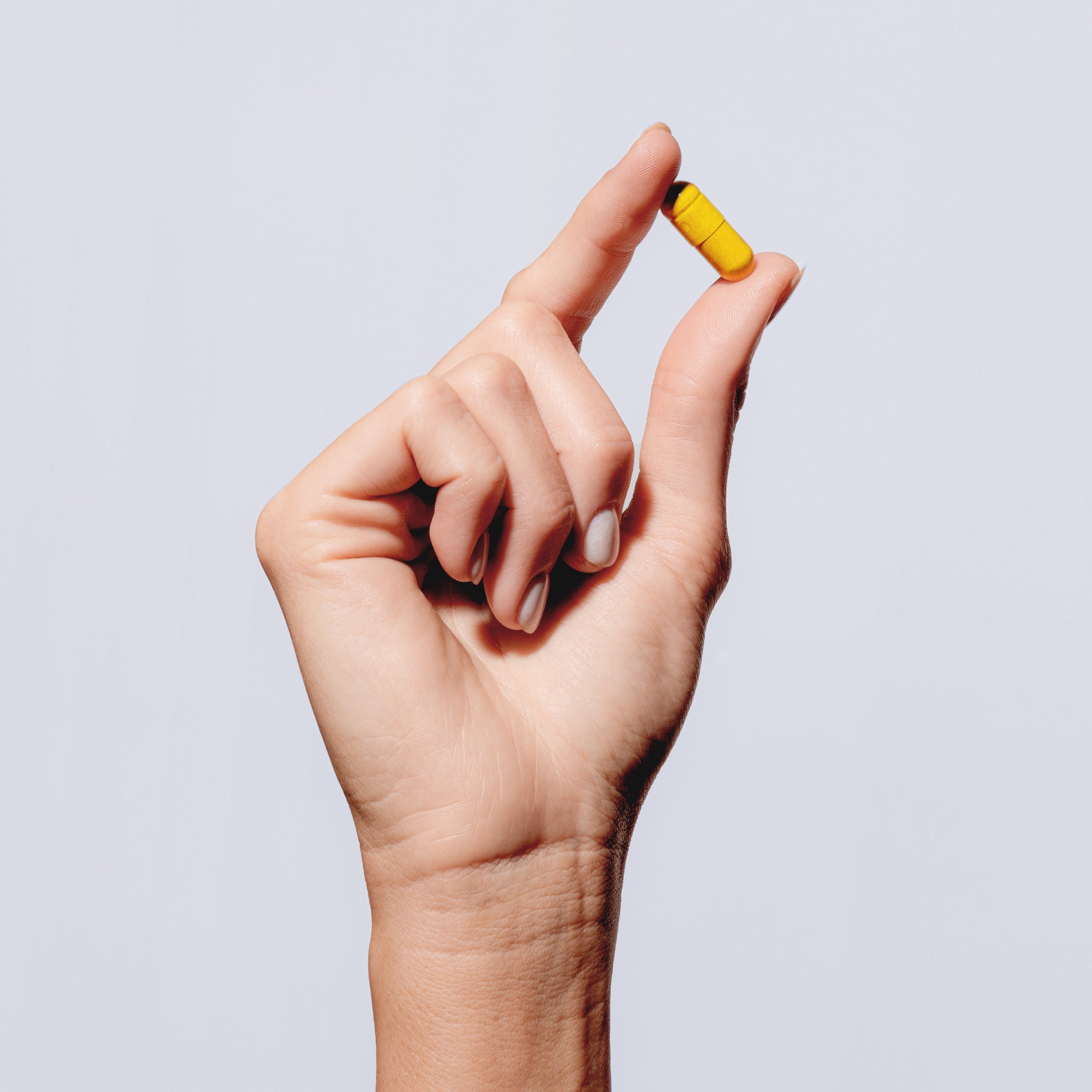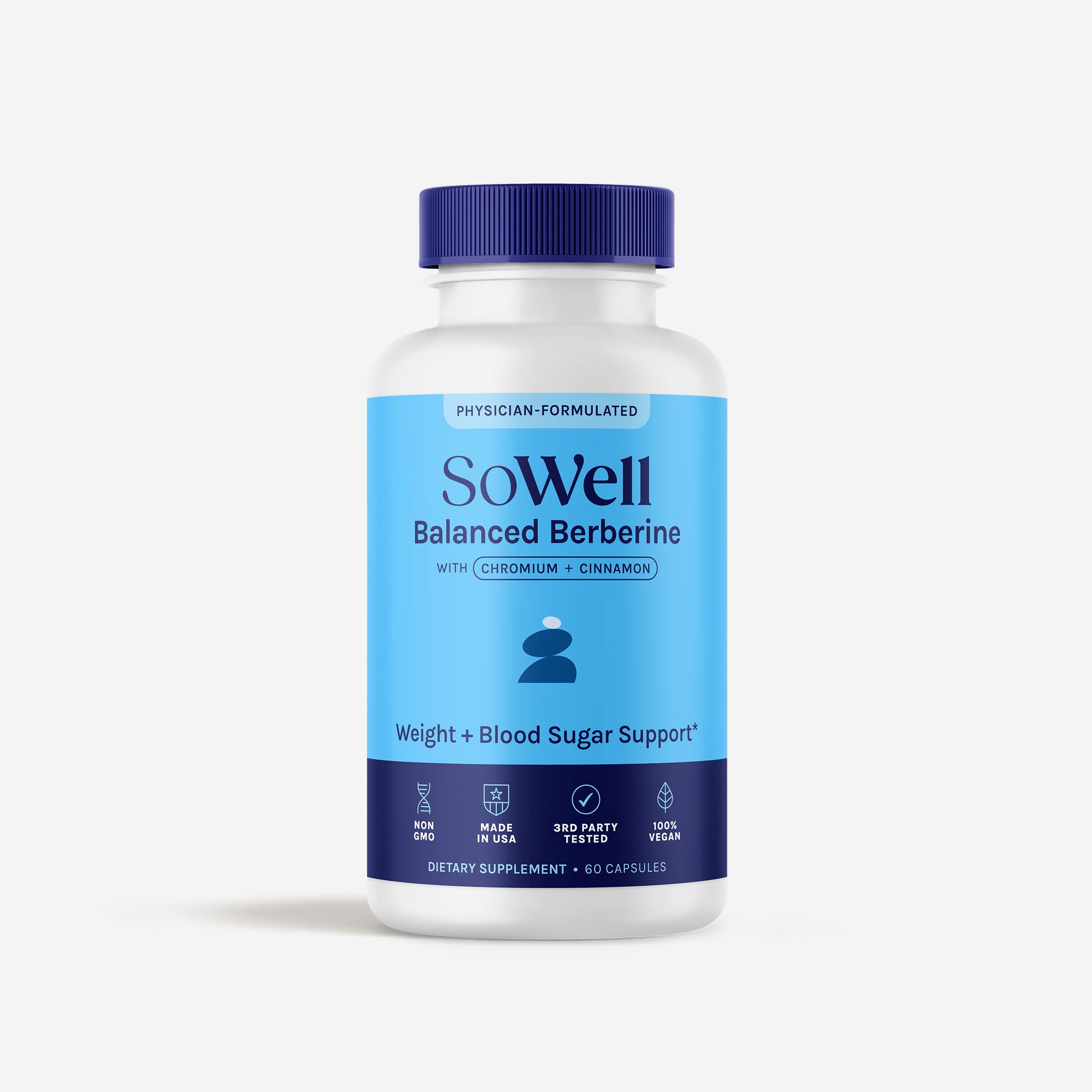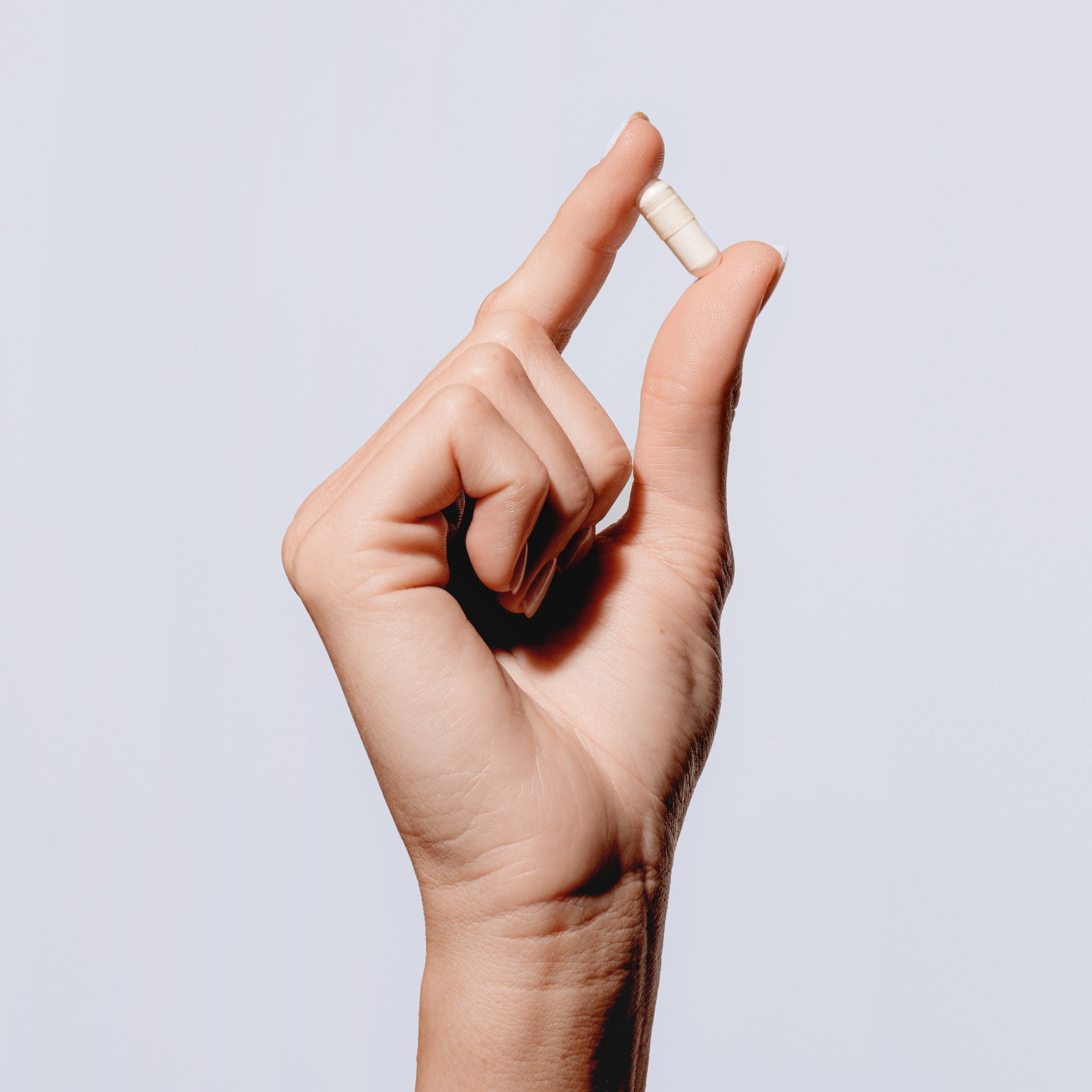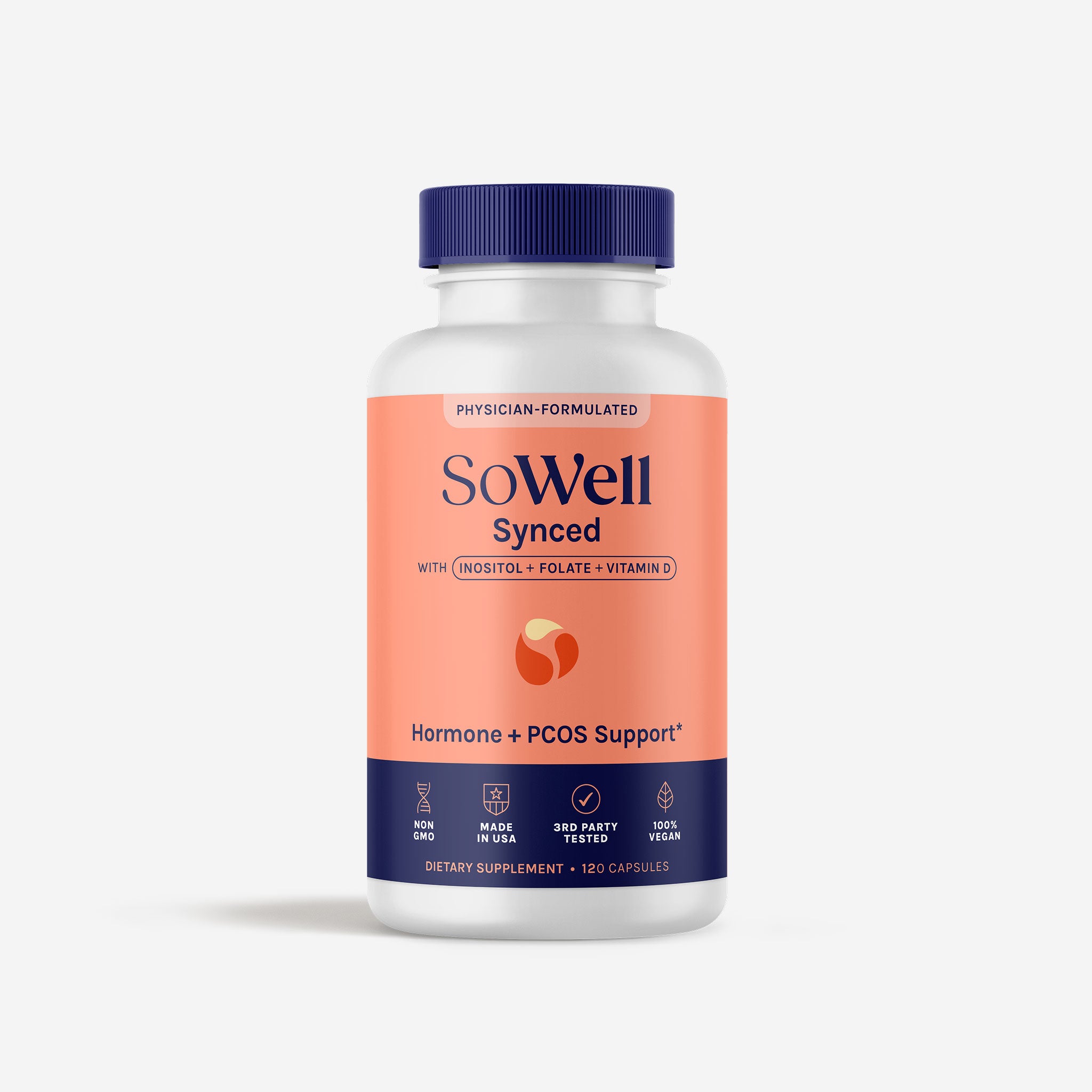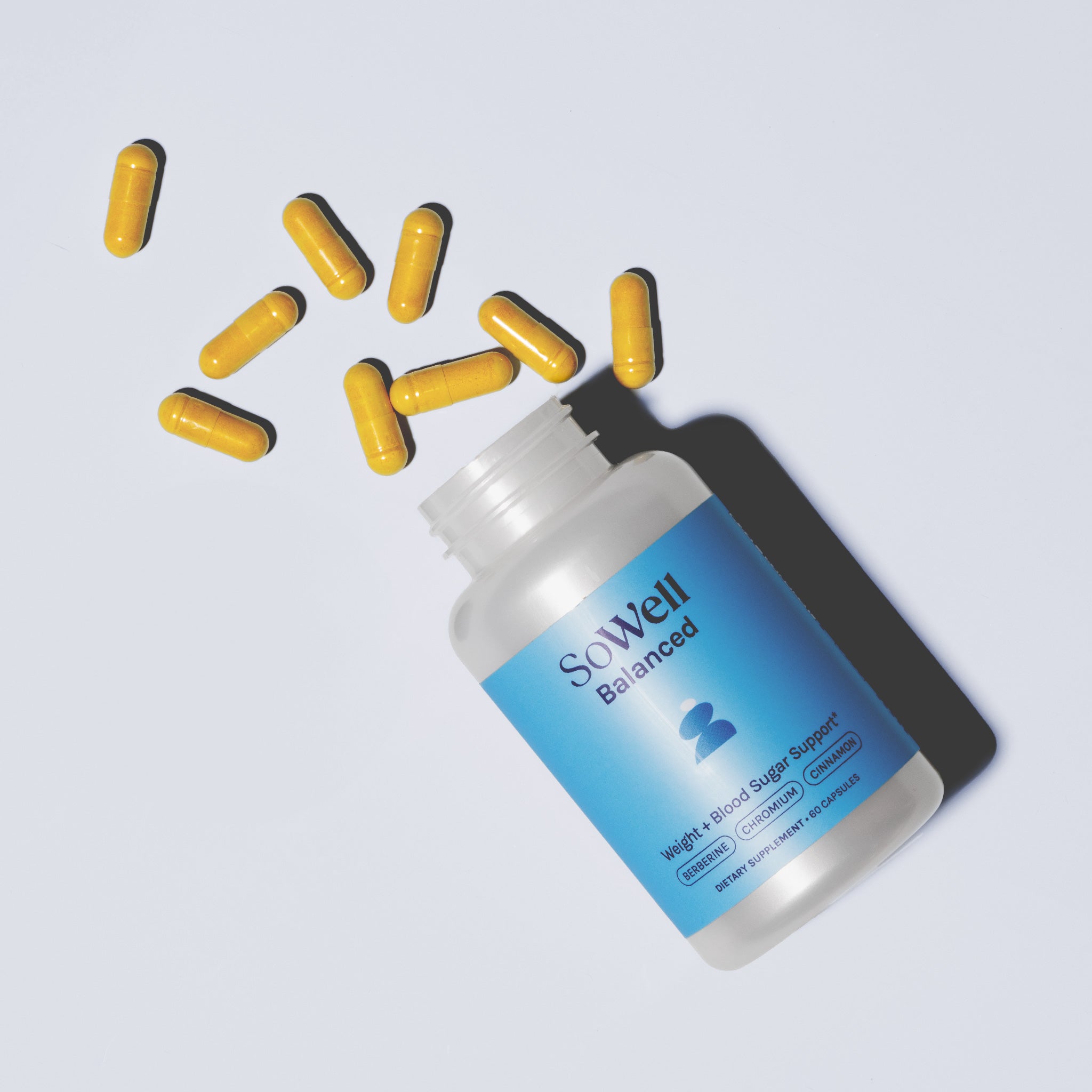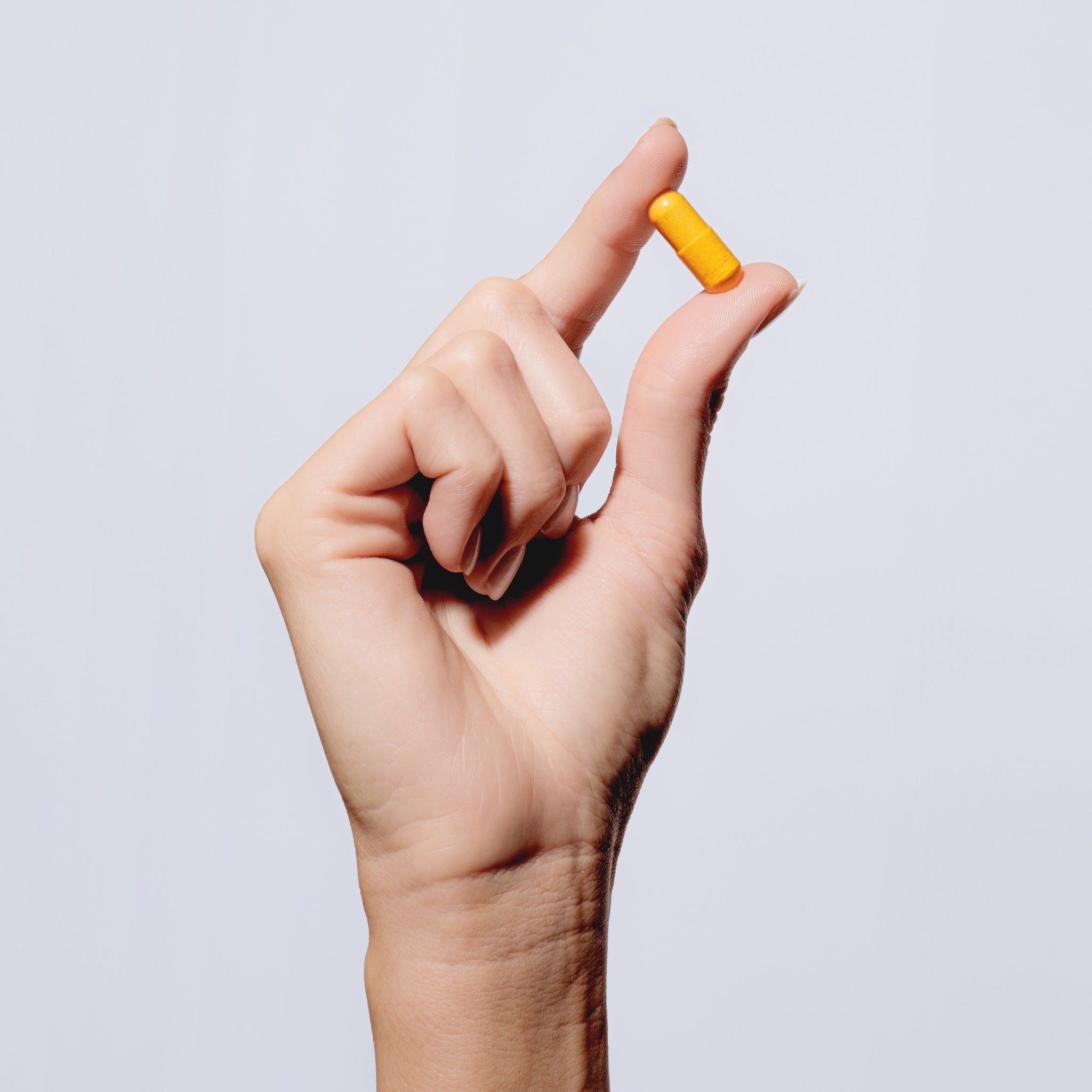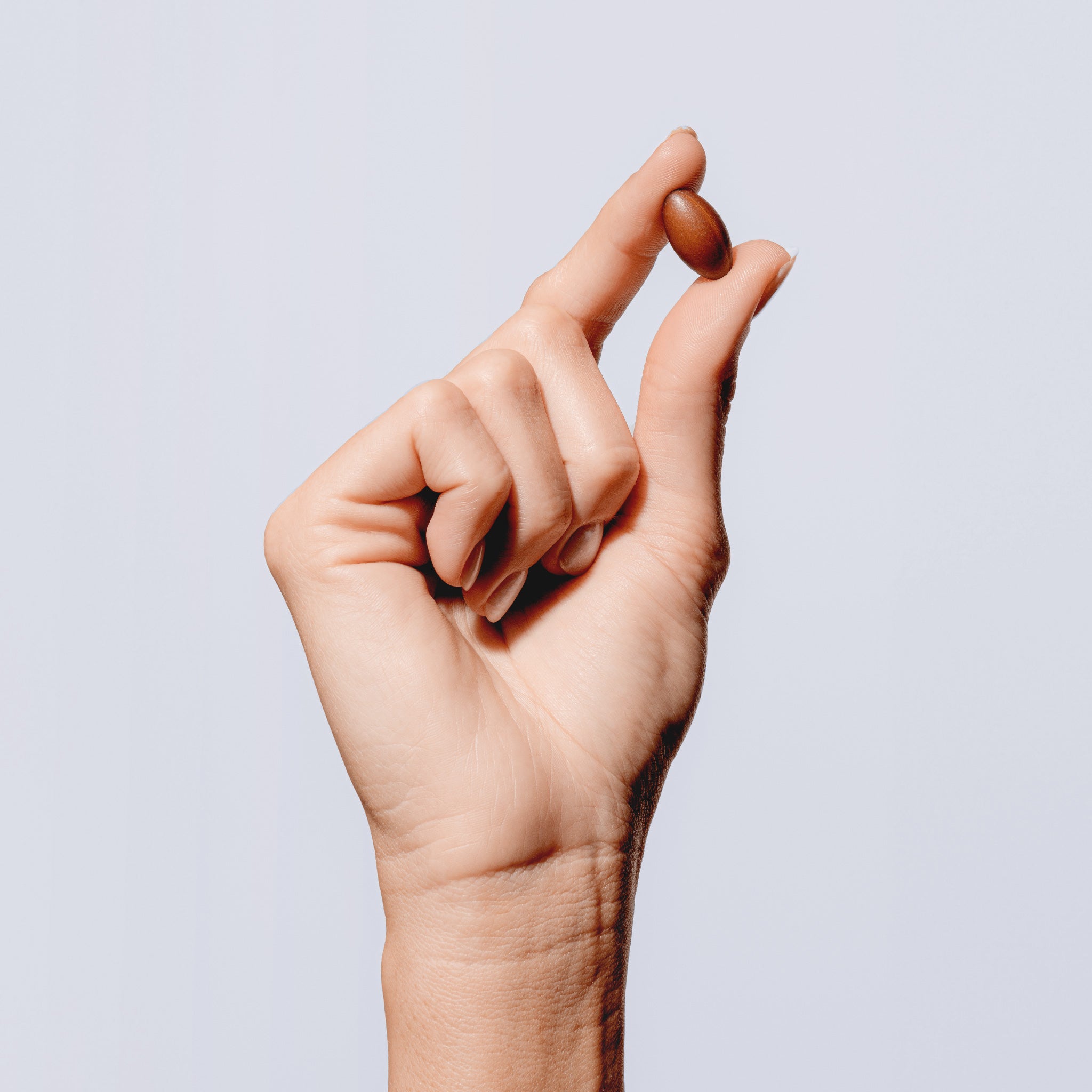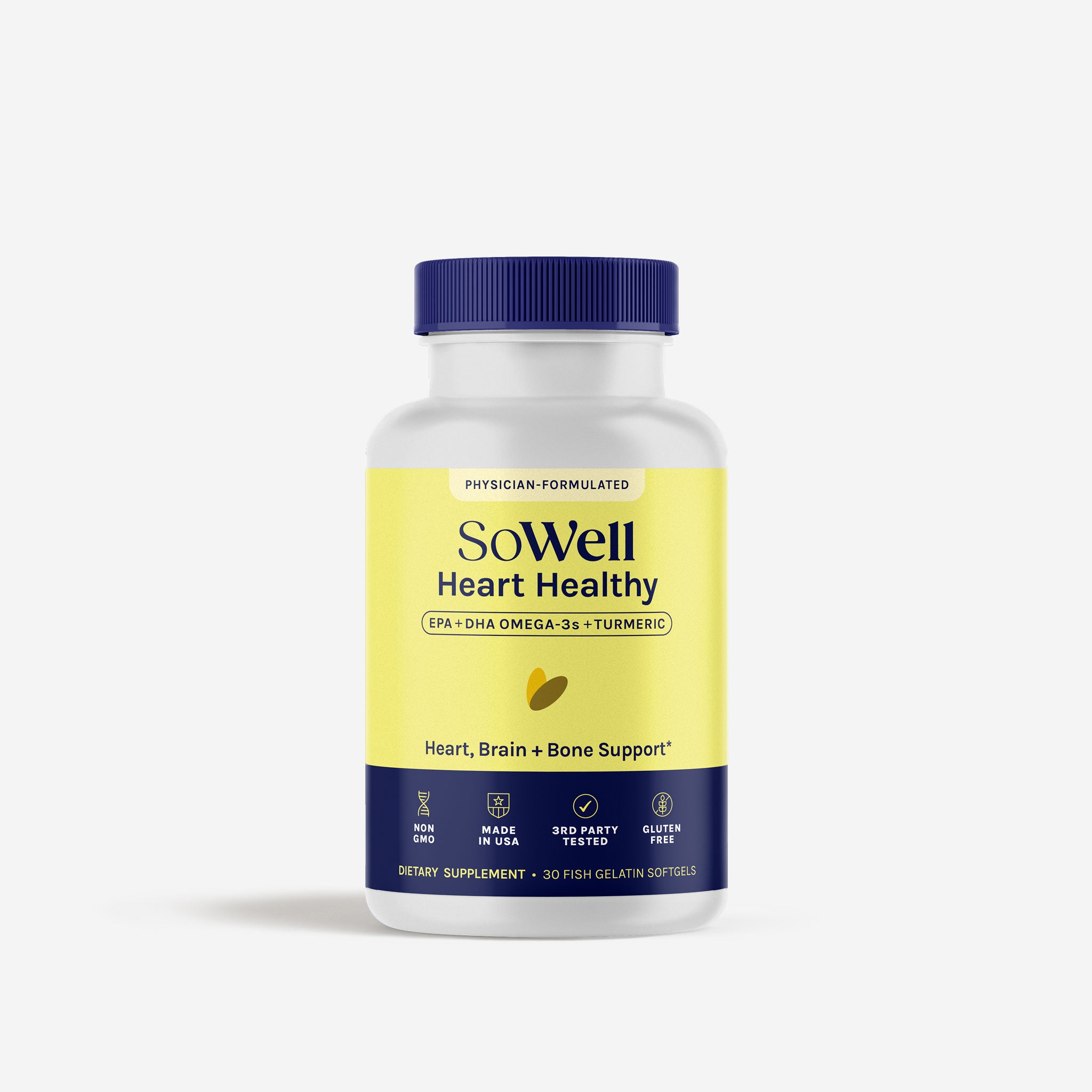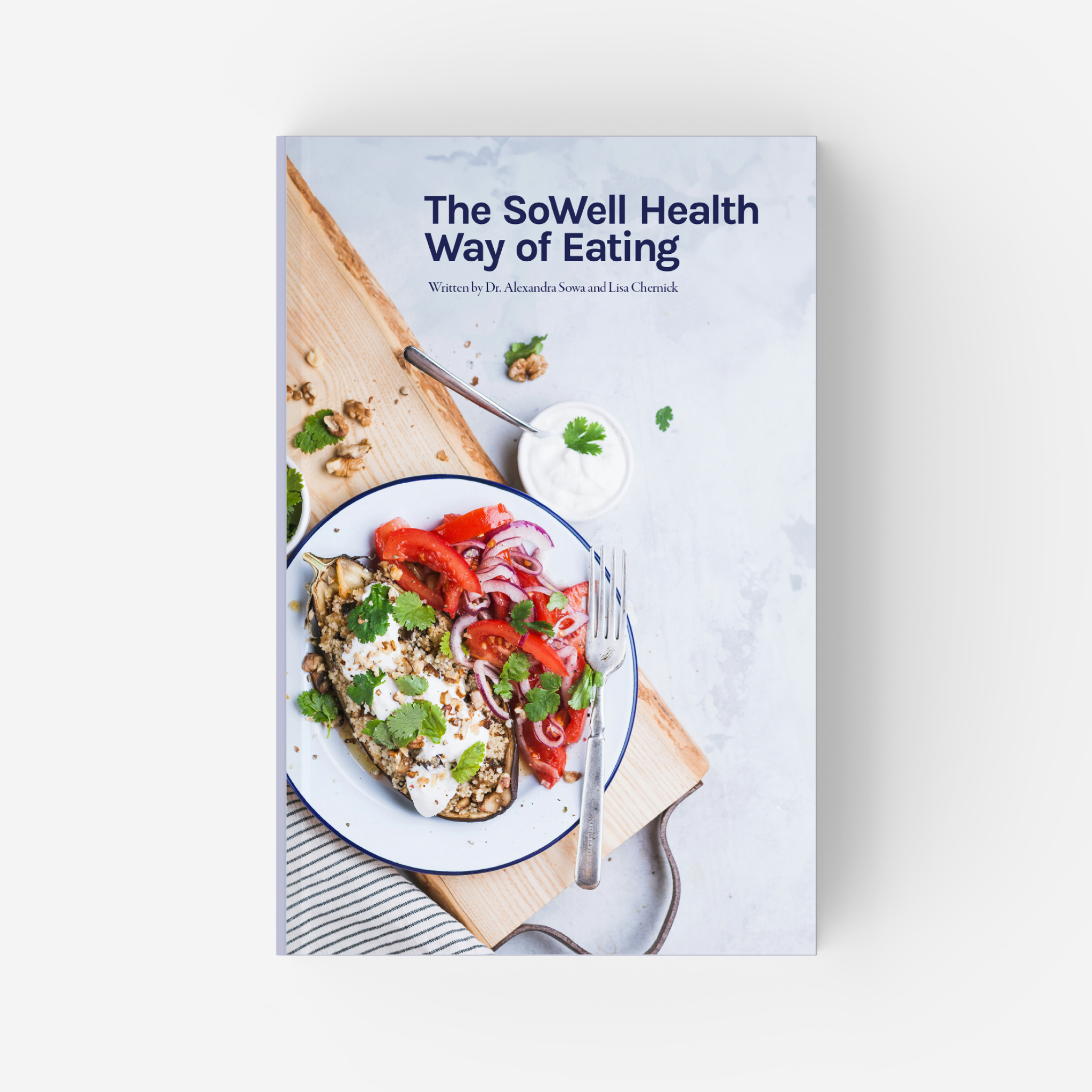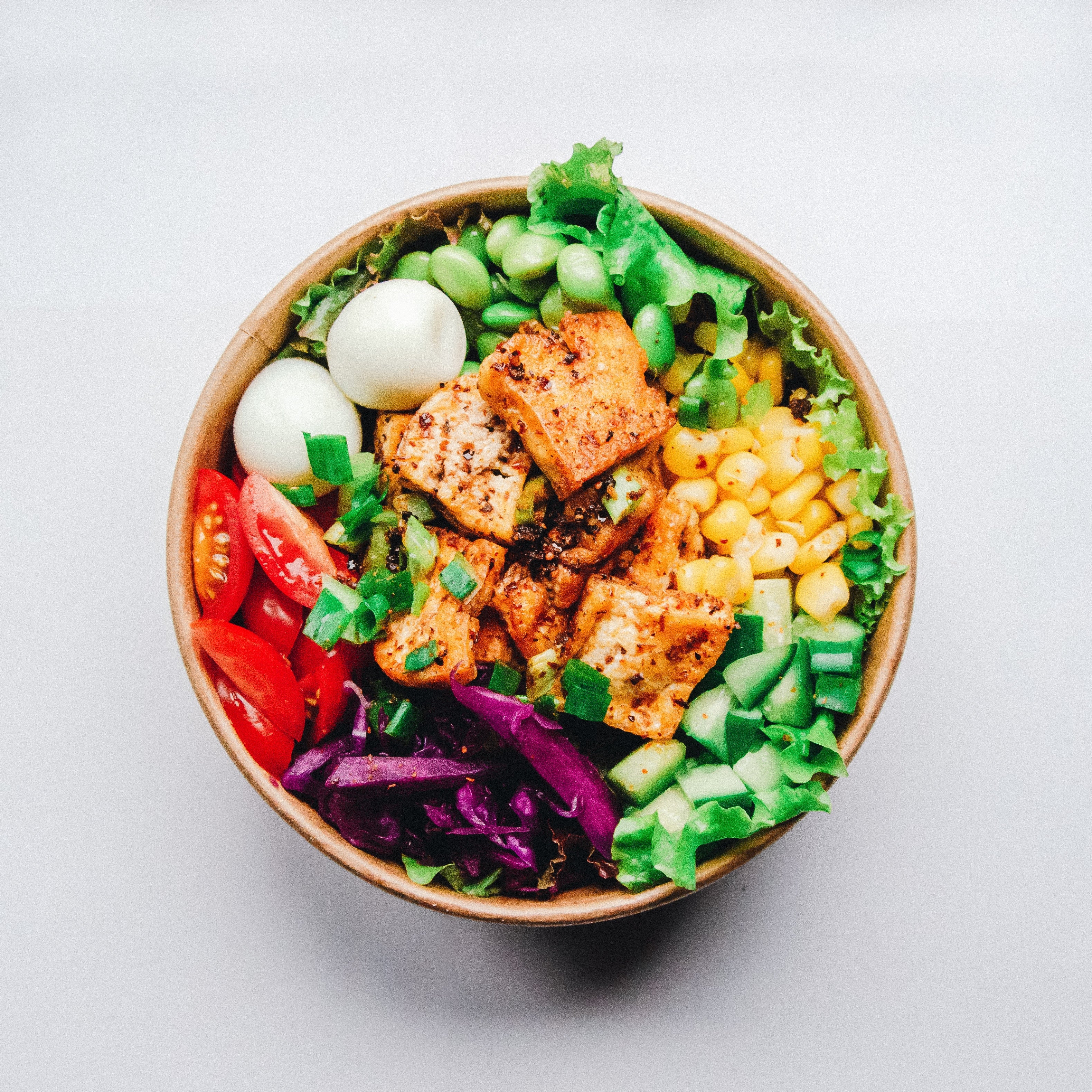
GLP-1 (glucagon-like peptide-1) medications are a class of drugs used to treat type 2 diabetes and obesity. They mimic the effects of GLP-1, a hormone naturally produced in the gastrointestinal tract in response to food intake. GLP-1 plays a crucial role in regulating blood sugar levels by stimulating insulin secretion, reducing glucagon release (a hormone that raises blood sugar), slowing down gastric emptying, and increasing the feeling of fullness (satiety).
The most common GLP-1 drugs for weight loss are known as GLP-1 receptor agonists. These medications bind to and activate the GLP-1 receptors on the surface of pancreatic beta cells, leading to increased insulin secretion. They also inhibit glucagon release from pancreatic alpha cells, leading to reduced glucose production by the liver. Some examples of GLP-1 receptor agonists include:
- Semaglutide, known under the brand names of Ozempic, Rybelsus, and Wegovy
- Liraglutide, known under the brand name Saxenda
- Tirezepitide (Mounjaro), a GLP-1 receptor agonist that also activates GIP receptors in the body
These powerful drugs help millions with insulin resistance and obesity, but gastrointestinal side effects are relatively common. Here’s what to eat (and avoid) to minimize any nausea, constipation, or gas.
30g Protein Per Meal
If you’re getting “sulfur burps” or feeling nauseous after meals, it could be because you’re eating more food than your stomach is able to process at once. Since GLP-1s slow down the digestive tract, it’s important to be selective about what you’re eating.
Focusing on getting at least 30g of protein per meal can help you from overdoing carbs, which can take up space in your stomach without actually nourishing or satiating you! Protein is the most satiating macronutrient per calorie, which means it will fill you up without getting full too fast.
Most importantly, protein helps build up and retain muscle mass. People can lose a lot of weight on GLP-1s—and you want to make sure that you lose primarily fat, not muscle, on your journey.
64 oz. of Water + Salt
It’s well known that GLP-1s suppress appetite, but did you know that they can also suppress your thirst mechanism? That’s why it’s important to be conscious about your water intake. Dehydration is unhealthy across the board—and it can trigger starvation mode, which will make it harder to lose weight.
But water is just one piece of the hydration puzzle. Electrolytes like sodium (salt!), potassium, and chloride are what deliver water to your cells, which is why I recommend sprinkling salt or adding an electrolyte powder to your water.
Staying hydrated helps with many of the GI side effects people experience on GLP-1s. The first thing I recommend to anyone experiencing nausea is a good electrolyte powder! You’ll be amazed at the difference.
Reduce Carbohydrates
There are no “bad” macronutrients, but carbohydrates just aren’t as friendly to patients on GLP-1s. That’s because people on GLP-1s are extra sensitive to insulin spikes after eating carbs, which can lead to feeling fatigued and to those unpleasant GI side effects.
Whenever you do eat carbohydrates, make sure to pair them with a protein to help keep your blood sugar stable. Your body will thank you!
Be Careful with Alcohol
Since the gastrointestinal tract is slowed on a GLP-1 medication, your body will respond differently to alcohol than it did before. Pay attention to how you feel when drinking and remember that super sugary drinks will have the same effect as high carbohydrate foods. I recommend minimizing alcohol, especially at the beginning of using these meds, to mitigate side effects.
